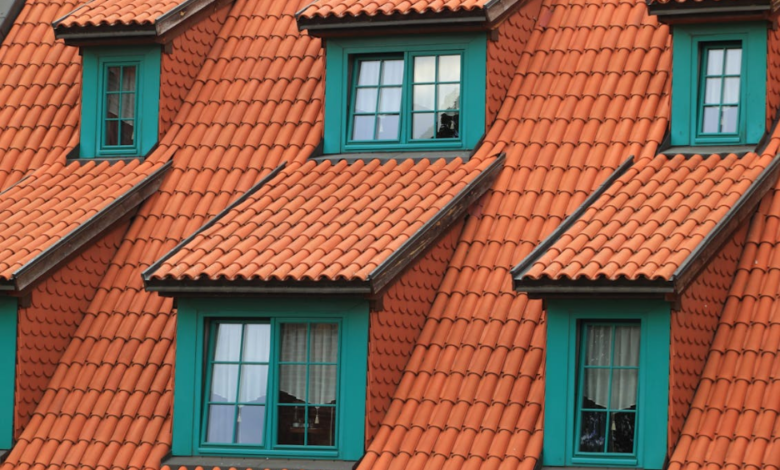How to Weatherproof Your Home

Weatherproofing your home is essential for protecting it against the diverse challenges posed by different climates. From intense sun and heatwaves to torrential rain and freezing temperatures, the elements can take a toll on any building. Effective weatherproofing not only safeguards the structure and longevity of your home but also enhances its energy efficiency, leading to significant savings on utility bills. This guide provides key strategies to thoroughly weatherproof your home, ensuring it stands resilient and comfortable throughout the seasons.
1. Inspect and Repair Your Roof
The roof is your home’s first line of defense against weather elements, so keeping it in top condition is crucial. Begin with a detailed inspection to identify any signs of damage such as cracked, loose, or missing shingles. Look for signs of water leakage in the attic, which can indicate a compromised roof. Prompt repairs are essential to prevent minor issues from escalating into major damage, especially in regions prone to heavy rains or snow. Regular maintenance, including cleaning gutters and removing debris, also helps extend the life of your roof and prevent water damage.
2. Upgrade Your Siding
Siding plays a pivotal role in protecting your home from the elements and insulating it from temperature extremes. If your siding is aging or damaged, upgrading to a more durable, weather-resistant option can significantly enhance your home’s protection. Many homeowners opt for products from a James Hardie siding company. Known for its hardiness against severe weather conditions, James Hardie siding offers excellent insulation properties. Upgrading your siding not only improves your home’s resilience but also boosts its curb appeal, making it a valuable investment for both protection and aesthetic enhancement.
3. Seal Windows and Doors
Gaps in windows and doors can lead to significant energy losses and make your home vulnerable to water ingress. Check all windows and doors for leaks and drafts, particularly before the onset of harsh weather seasons. Use caulking and weatherstripping to seal any gaps, ensuring a tight fit that prevents both air and water leaks. This simple measure can greatly enhance the energy efficiency of your home by maintaining stable indoor temperatures and reducing the load on your heating and cooling systems.
4. Install Weather Stripping
Weather stripping is an effective way to further seal windows and doors against the elements. It involves applying a strip of material around the opening mechanisms to fill the gap between the frame and the moving parts of the window or door. This not only prevents drafts but also helps keep out moisture, dust, and pests. Weather stripping is typically easy to install and is an inexpensive way to improve your home’s thermal performance and overall comfort.
5. Upgrade Insulation
Proper insulation is key to maintaining a comfortable indoor climate and reducing energy consumption. Check the insulation in your walls, attic, and floors, especially if your home is older. Upgrading insulation materials can prevent heat from escaping in the winter and entering in the summer, thus maintaining a more consistent indoor temperature. Consider materials with a high R-value, which indicates greater effectiveness in insulating your home. Enhancing your home’s insulation can lead to substantial savings on heating and cooling costs, making it a crucial aspect of weatherproofing.
6. Manage Drainage
Effective drainage is essential to protect your home’s foundation and landscaping from water damage. Ensure that your gutters are clean and free from debris to prevent blockages that can lead to water overflow and damage to your home’s exterior and foundation. Additionally, make sure downspouts direct water away from the foundation of your home and that the ground slopes outward to facilitate proper drainage. For areas prone to heavy rainfall, installing additional solutions like French drains can further enhance your home’s ability to handle large volumes of water effectively.
7. Protect Your Basement
Basements are particularly vulnerable to moisture and water damage, which can lead to mold growth and structural issues. Waterproofing your basement is a proactive step towards preventing these problems. This can involve sealing cracks in the foundation, applying waterproof coatings, and ensuring that sump pumps and drains are in good working condition. Proper basement waterproofing not only keeps the space dry and usable but also protects your home’s overall integrity and value.
8. Consider Storm Shutters
In areas susceptible to severe weather conditions like hurricanes and high winds, installing storm shutters can provide an additional layer of protection for your windows and doors. These shutters help shield glass from flying debris and strong winds, preventing damage and potential injuries. Storm shutters can be permanent or removable and come in a variety of materials, including metal, wood, and high-strength fabric. Besides their protective function, they can also offer insulation benefits when closed, reducing heat loss or gain through windows.
9. Landscape Strategically
Landscaping is not just about aesthetics; it can also be a crucial component of your home’s weatherproofing strategy. Plant trees and shrubs in strategic locations to serve as windbreaks and provide shade, reducing wind impact and cooling costs during hot weather. However, it’s important to plant at safe distances from the house to avoid root damage to foundations and prevent limbs from falling on the structure during storms. Using ground cover can also help prevent soil erosion around your home, maintaining the integrity of the foundation and landscaping.
10. Regular Maintenance Checks
Regular maintenance is key to ensuring your home remains well-protected against the elements. Schedule annual inspections of your roof, siding, windows, and foundation to catch and address any potential issues early. Regular checks can extend the life of your weatherproofing measures and prevent minor problems from escalating into major repairs. Keeping a checklist and records of all maintenance activities can help you stay organized and ensure that your home is always ready to withstand whatever the weather brings.
Conclusion
Weatherproofing your home is a crucial step in ensuring its longevity, safety, and efficiency. By taking proactive measures such as maintaining the roof, upgrading insulation, managing drainage, and implementing strategic landscaping, homeowners can protect their property from the adverse effects of the elements. Each step not only adds to the immediate comfort and security of your home but also contributes to its overall value, making weatherproofing a wise investment for any homeowner. Remember, the key to effective weatherproofing is regular maintenance and timely upgrades, ensuring your home stays protected year-round.



